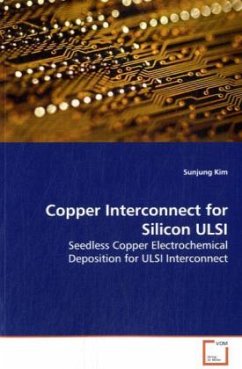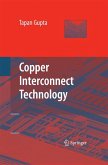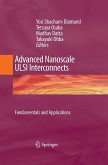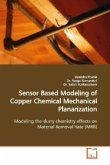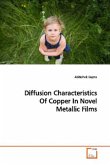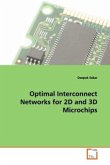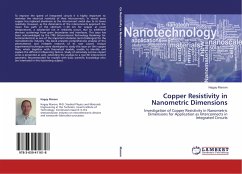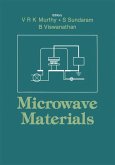Electrochemical Deposition (ECD) has become the most
promising technology for copper interconnect on ULSI
circuits since 1997. Dual damascene technology
followed by ECD has allowed for copper to replace
aluminum in the ULSI interconnect. The ECD method
needs a seed layer, but it becomes more difficult to
conformally deposit a seed layer for copper ECD as
the feature size decreases beyond 65 nm. Depositing
seed layers on diffusion barrier layers, the inner
volume of trenches and vias for copper filling is
reduced further. Due to these difficulties, seedless
copper ECD was developed in order to reach the
flaw-free fill of copper for ULSI interconnect with
high aspect ratios. This book deals with the seedless
copper ECD directly onto diffusion barrier layers,
which is desired to avoid creation of voids inside
copper wires. The electrochemical system and
mechanism of seedless copper ECD, the nucleation and
growth models, and the adhesion study of
copper/diffusion barrier interface are covered in
depth. This book would be useful to students and
professionals who are interested in microelectronic
processing, especially in ULSI interconnect.
promising technology for copper interconnect on ULSI
circuits since 1997. Dual damascene technology
followed by ECD has allowed for copper to replace
aluminum in the ULSI interconnect. The ECD method
needs a seed layer, but it becomes more difficult to
conformally deposit a seed layer for copper ECD as
the feature size decreases beyond 65 nm. Depositing
seed layers on diffusion barrier layers, the inner
volume of trenches and vias for copper filling is
reduced further. Due to these difficulties, seedless
copper ECD was developed in order to reach the
flaw-free fill of copper for ULSI interconnect with
high aspect ratios. This book deals with the seedless
copper ECD directly onto diffusion barrier layers,
which is desired to avoid creation of voids inside
copper wires. The electrochemical system and
mechanism of seedless copper ECD, the nucleation and
growth models, and the adhesion study of
copper/diffusion barrier interface are covered in
depth. This book would be useful to students and
professionals who are interested in microelectronic
processing, especially in ULSI interconnect.

